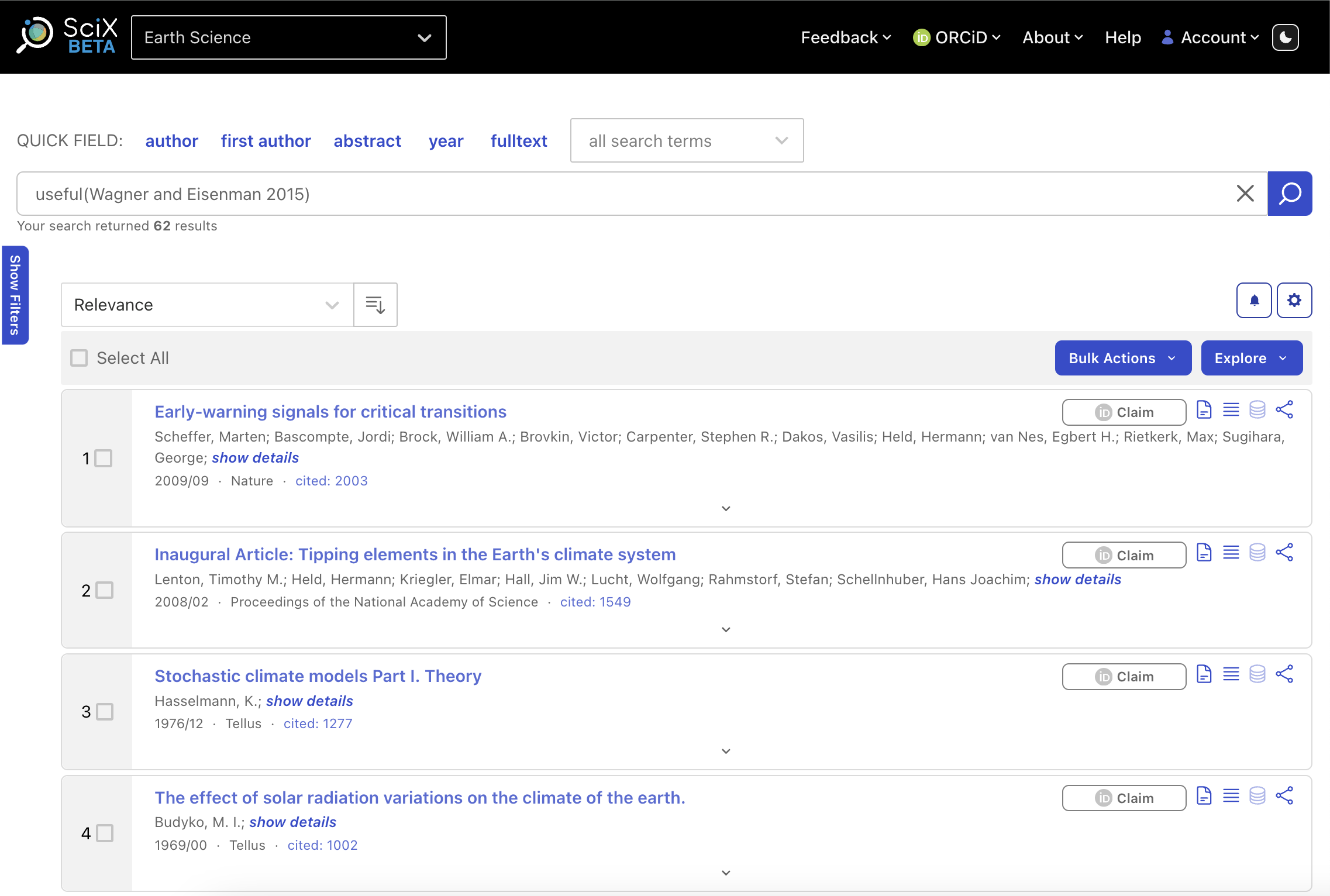
How Earth and Planetary Science Graduate Students Can Use SciX to Conduct Literature Searches
27 Feb 2025
A literature review is the first step of any new research project in graduate school. Science Explorer (SciX) is a literature search tool that can help you improve your literature review efficiency through curated credible source collections, smart search functions,...
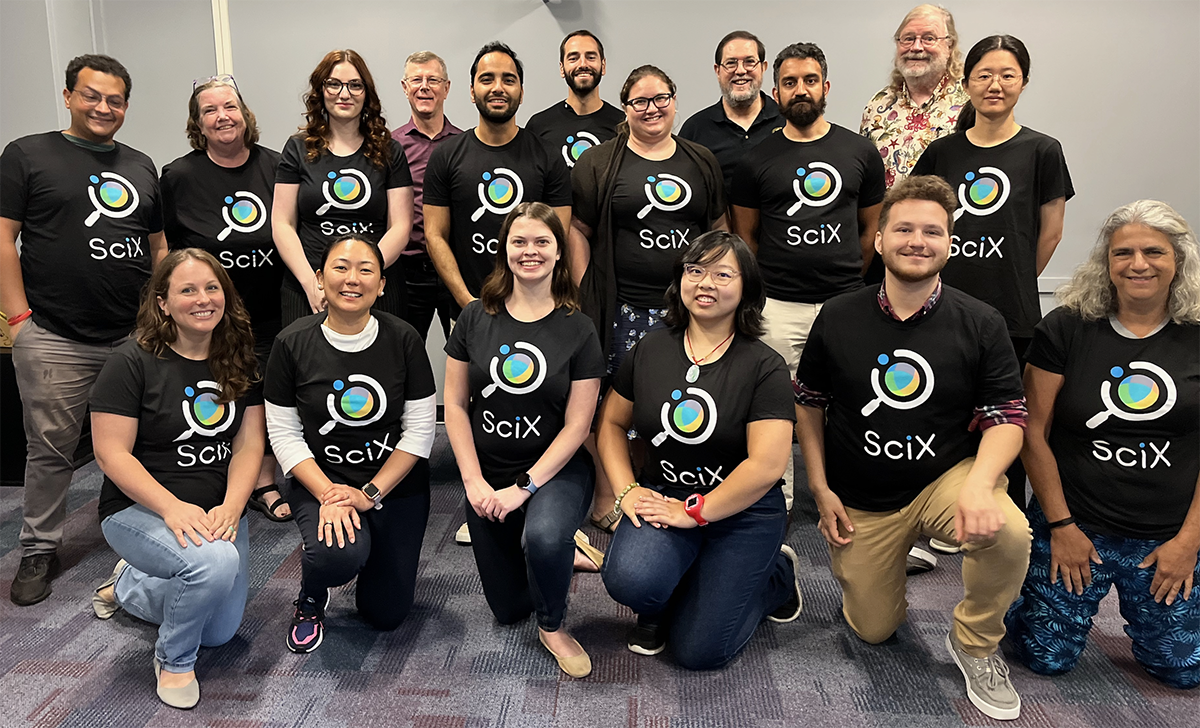
Highlights from the 2024 SciX Lead Ambassador Workshop
27 Feb 2025
The SciX Lead Ambassador Program was launched to create a network of researchers who champion SciX within their professional communities. This initiative supports interdisciplinary collaboration, promotes SciX as a valuable resource, and gathers feedback to improve the platform. The 2024...

SciX Data Linking and Indexing part III. Cited data
01 Aug 2024
Introduction This blog is the final part in the series on data linking and indexing in the Science Explorer (SciX). In the first part we provided a general overview of the holdings in SciX, and the second part discussed the...

SciX Data Linking and Indexing part II. Linked data
01 Jul 2024
Introduction In the first part of this blog series, we provided a general description of the holdings in the Science Explorer (SciX); in this second part, we highlight a specific aspect of these holdings and place it in the context...
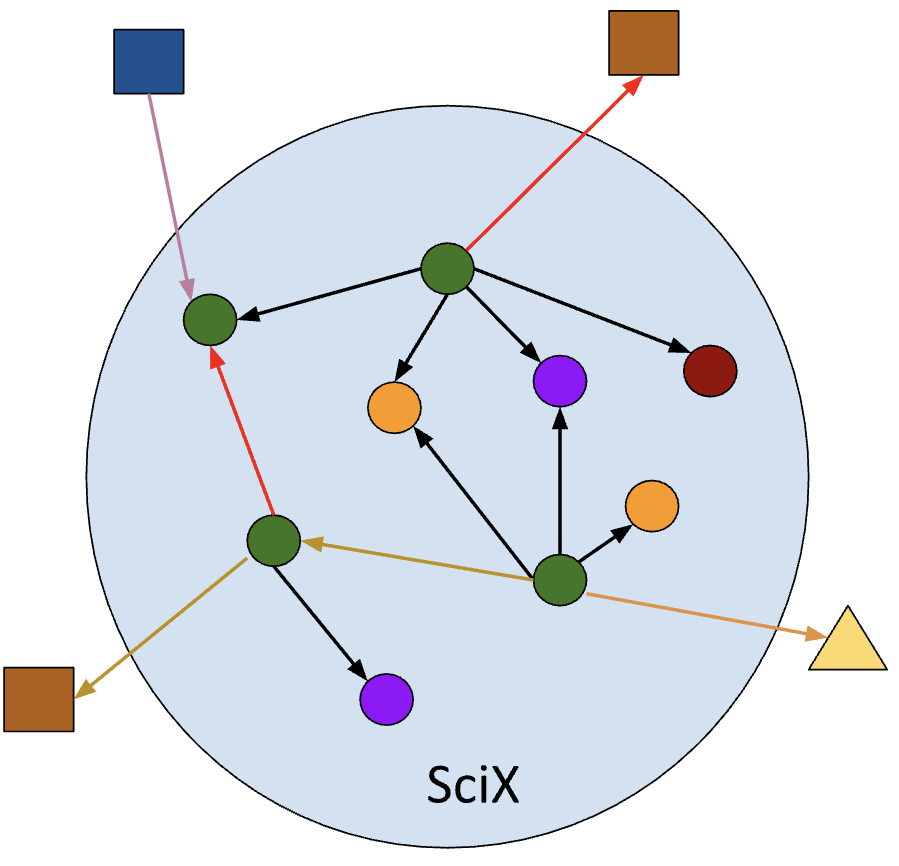
SciX Data Linking and Indexing part I. Data Holdings
13 Jun 2024
One of the distinguishing features of the Science Explorer (SciX) is its integration of literature with research data, software, and services. SciX records accrue links to related research objects through curated text mining (finding citations and links to data and...
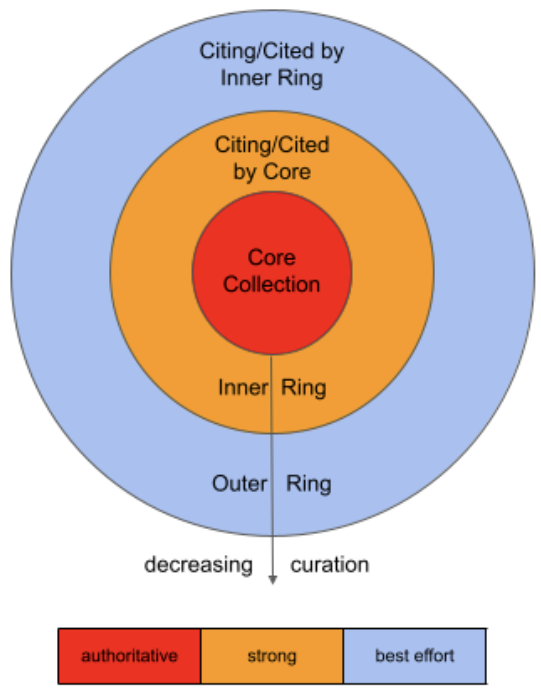
The ADS Curation Model
20 Mar 2023
Introduction The basic intellectual structure of the ADS can be described using a bullseye model, represented by figure 1. The three rings in this diagram represent different levels of curation applied to the bibliographic content in the ADS. Levels of...

Unified Astronomy Thesaurus (UAT) Integration in ADS Search and Discovery
29 Dec 2022
The ADS Team is working in collaboration with Pavlos Protopapas and Ben Yuen of Harvard University to pilot the integration of the Unified Astronomy Thesaurus (UAT) into ADS search and discovery for new, future, and legacy literature. ADS users will...
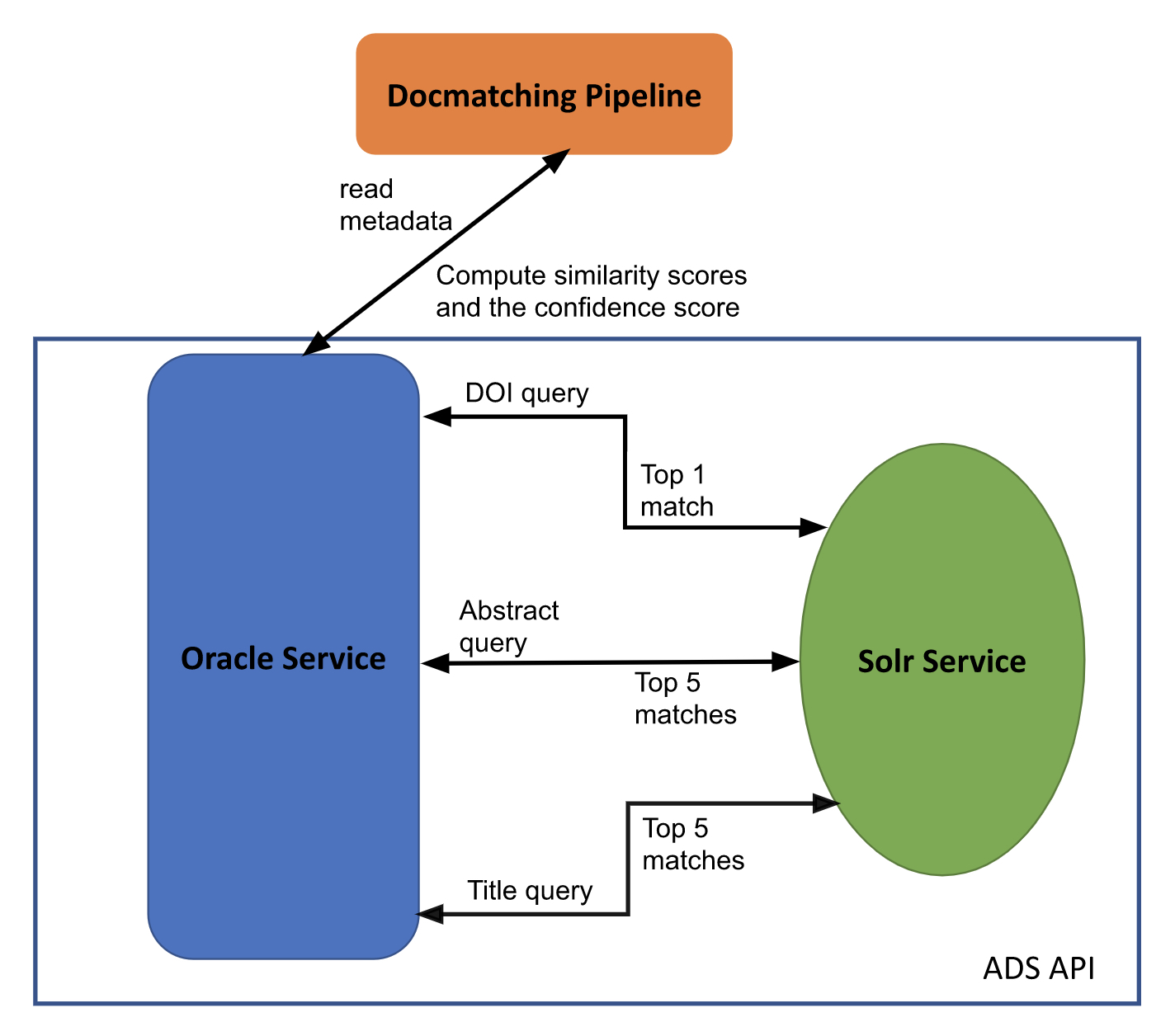
ADS Docmatcher
28 Sep 2022
The primary aim of the Docmatcher pipeline is to match arXiv preprints to the peer-reviewed published version, and vice versa. ADS previously used the ADS Classic ingest system to accomplish this, however with recent updates and developments to the ADS...
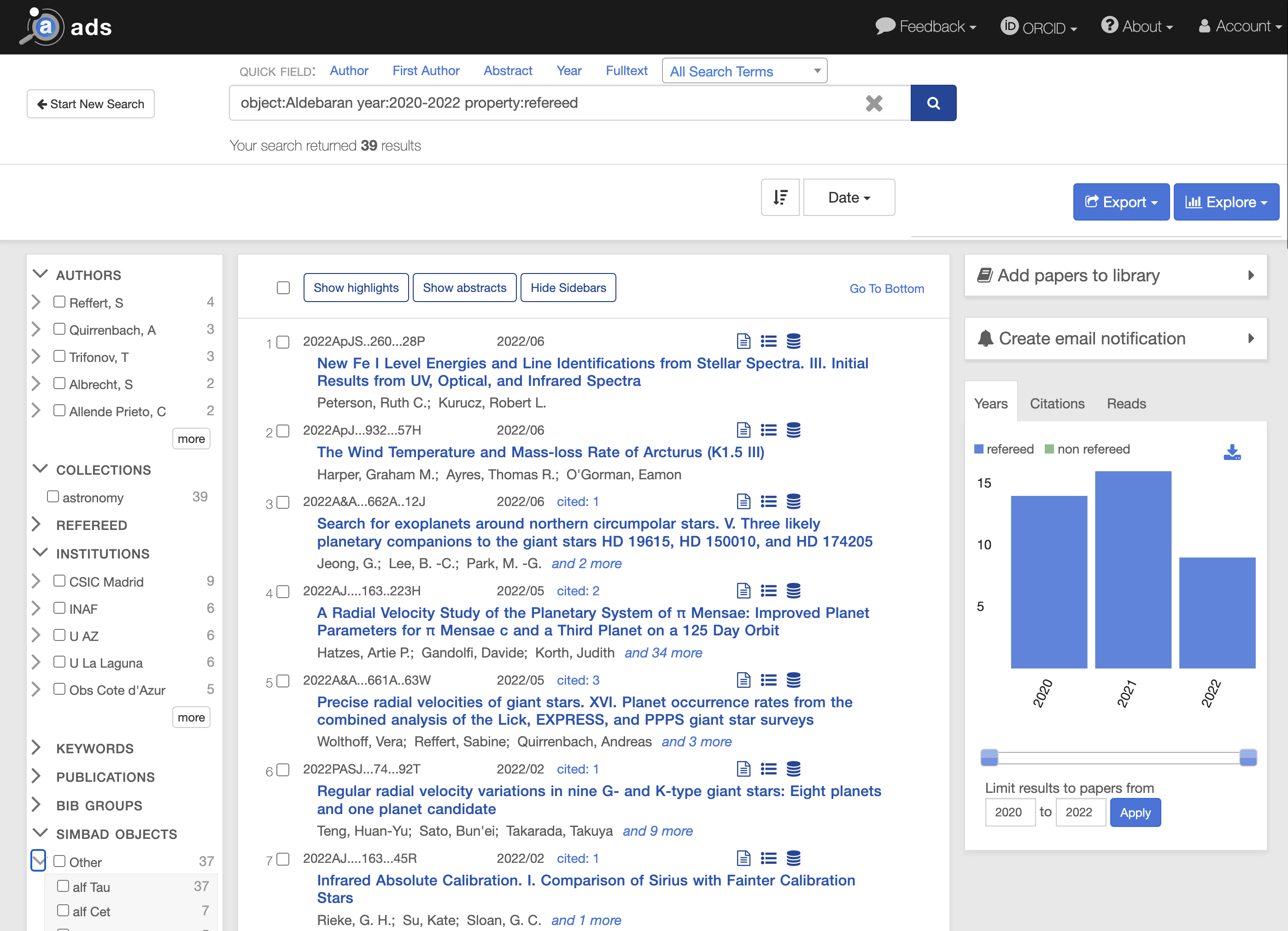
The ADS Object Search: How to Find Astronomical Objects in the Literature
06 Sep 2022
Searching for publications that mention, in some way, a specific astronomical object is one of the common use cases of the ADS. This blog aims to illustrate some of the caveats associated with these types of queries and provide some...
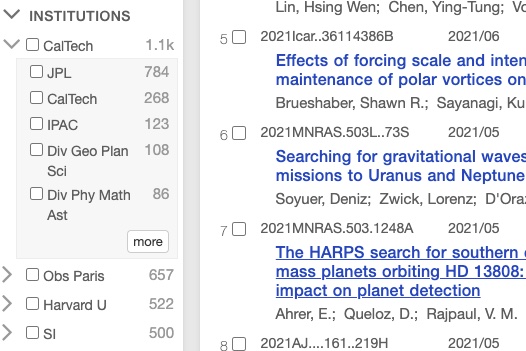
Affiliation data in the ADS: a work in progress
15 Apr 2021
We publicly introduced our affiliations feature in a blog post last year, including a discussion of how the feature was built and maintained, and how you can use it in your literature searches. We want to reintroduce this feature, especially...
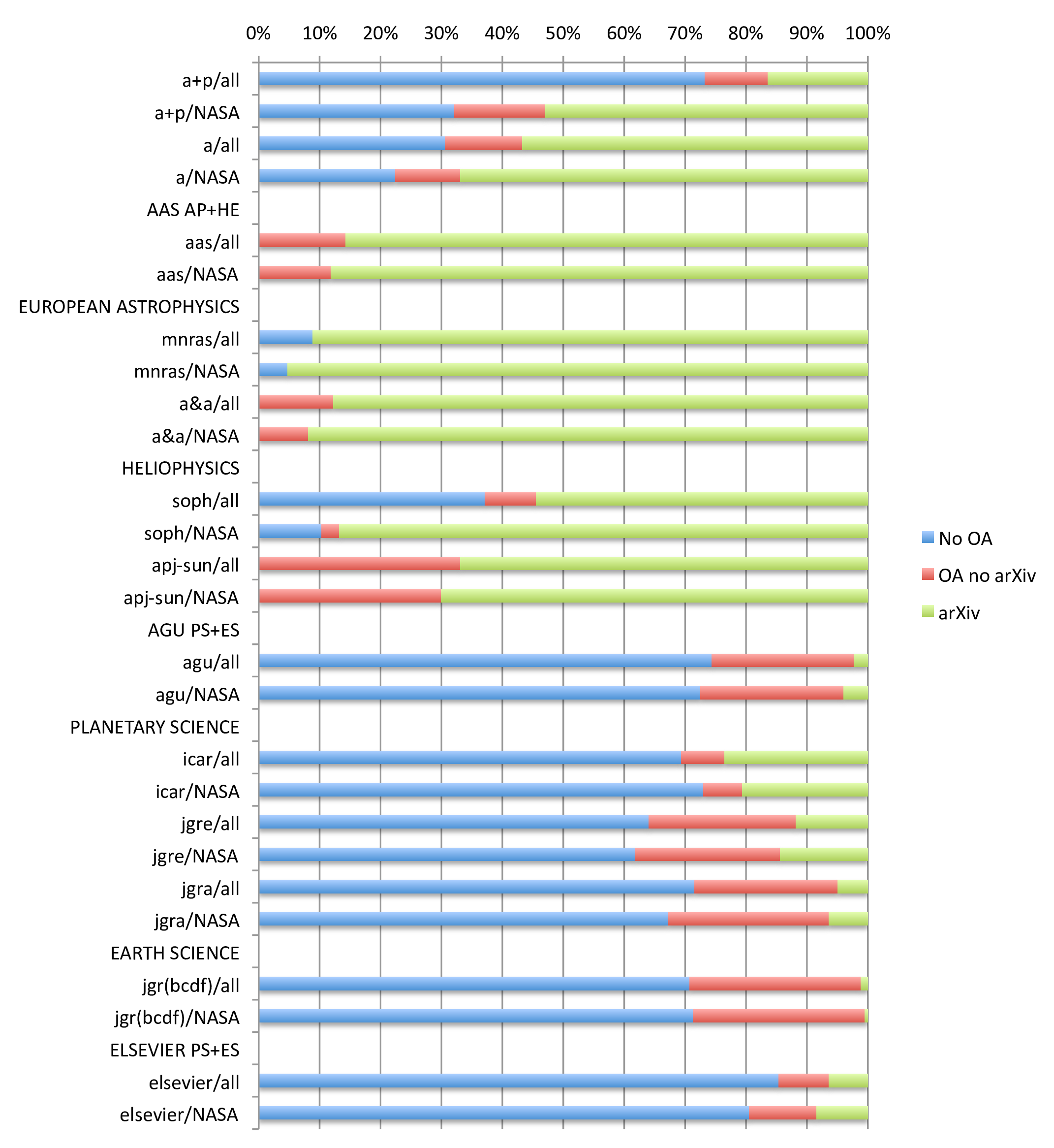
NASA and Open Access Publishing
06 Apr 2020
Introduction NASA has long been a (some would say the) leader in providing open access to scientific data. This commitment continues with the recent whitepaper: NASA’s Science Mission Directorate’s Strategy for Data Management and Computing for Groundbreaking Science 2019-2024, by...

Affiliation searches: the Why, What, and How of our Canonical Affiliation Feature
15 Jan 2020
One of the features new to ADS since the new interface has launched is search and organization by institutional affiliation. The 15 million publications in ADS have more than 35 million combined author affiliations. The ADS has long wanted to...
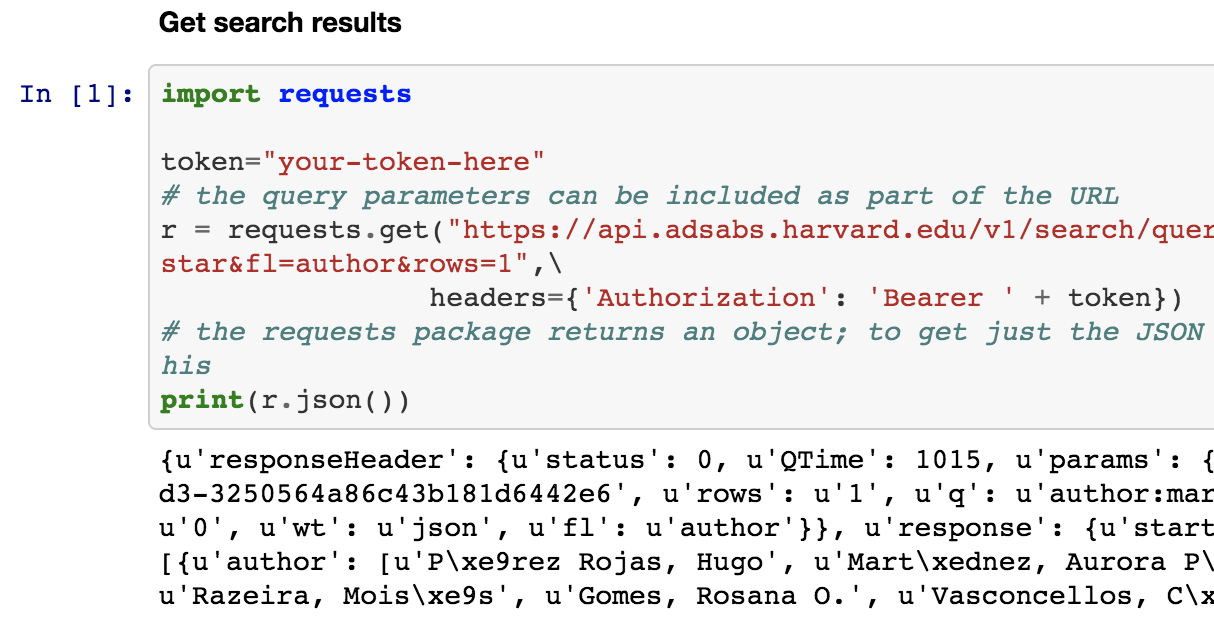
User-Developed Tools for ADS
30 Jul 2019
ADS was started in the late 1980s by astronomers, for astronomers, and has long received public funding via NASA grants. This history has meant that we’ve long been open to community involvement, and we’ve taken this a step further with...
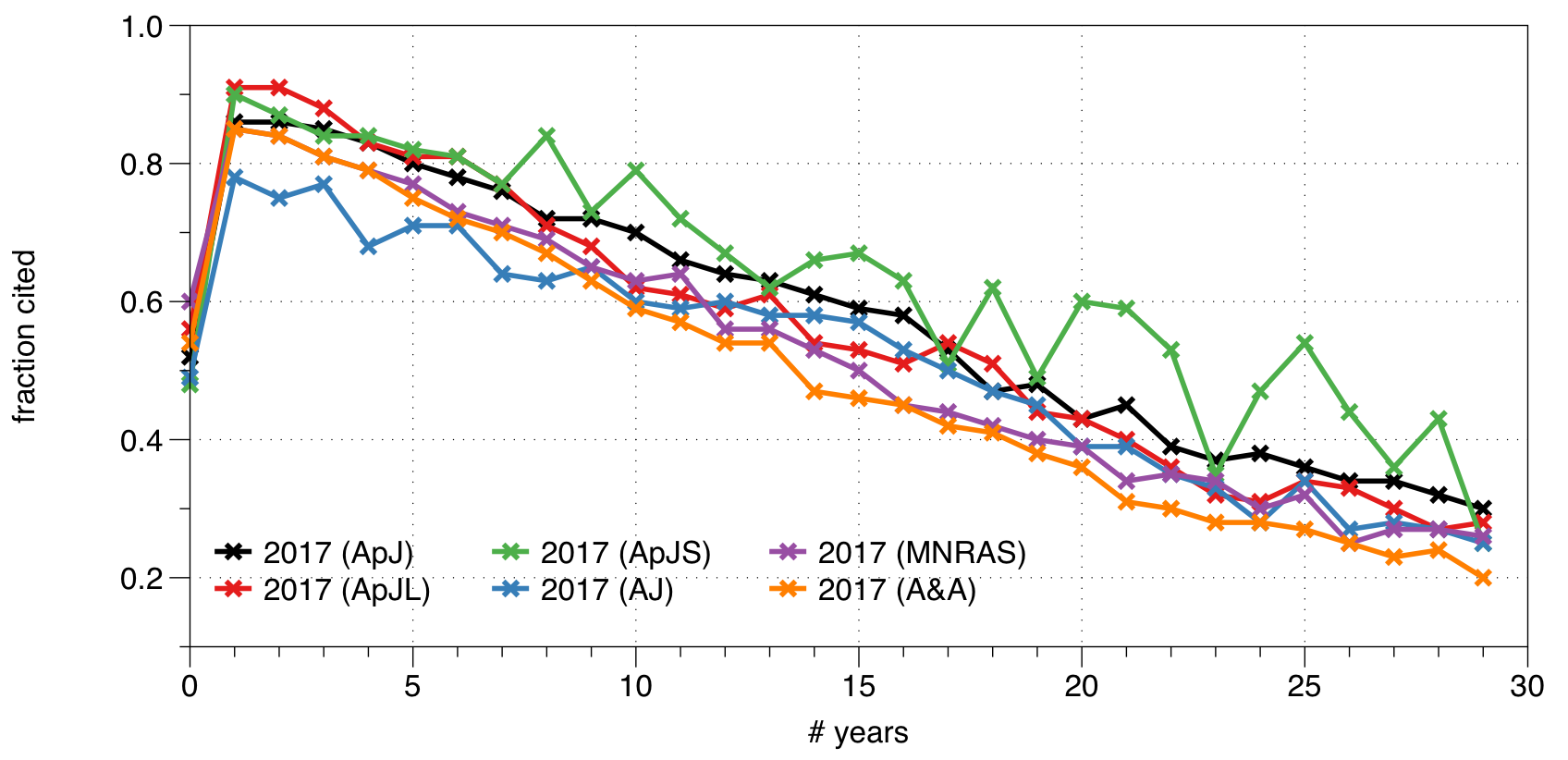
Citations to Astronomy Journals 3: Journal Impact
26 Mar 2019
This is the third of a series of blog posts measuring the journals that publish astronomy research articles, using citation statistics with a number of different indices. In this post we discuss per article citation rates and how these can...
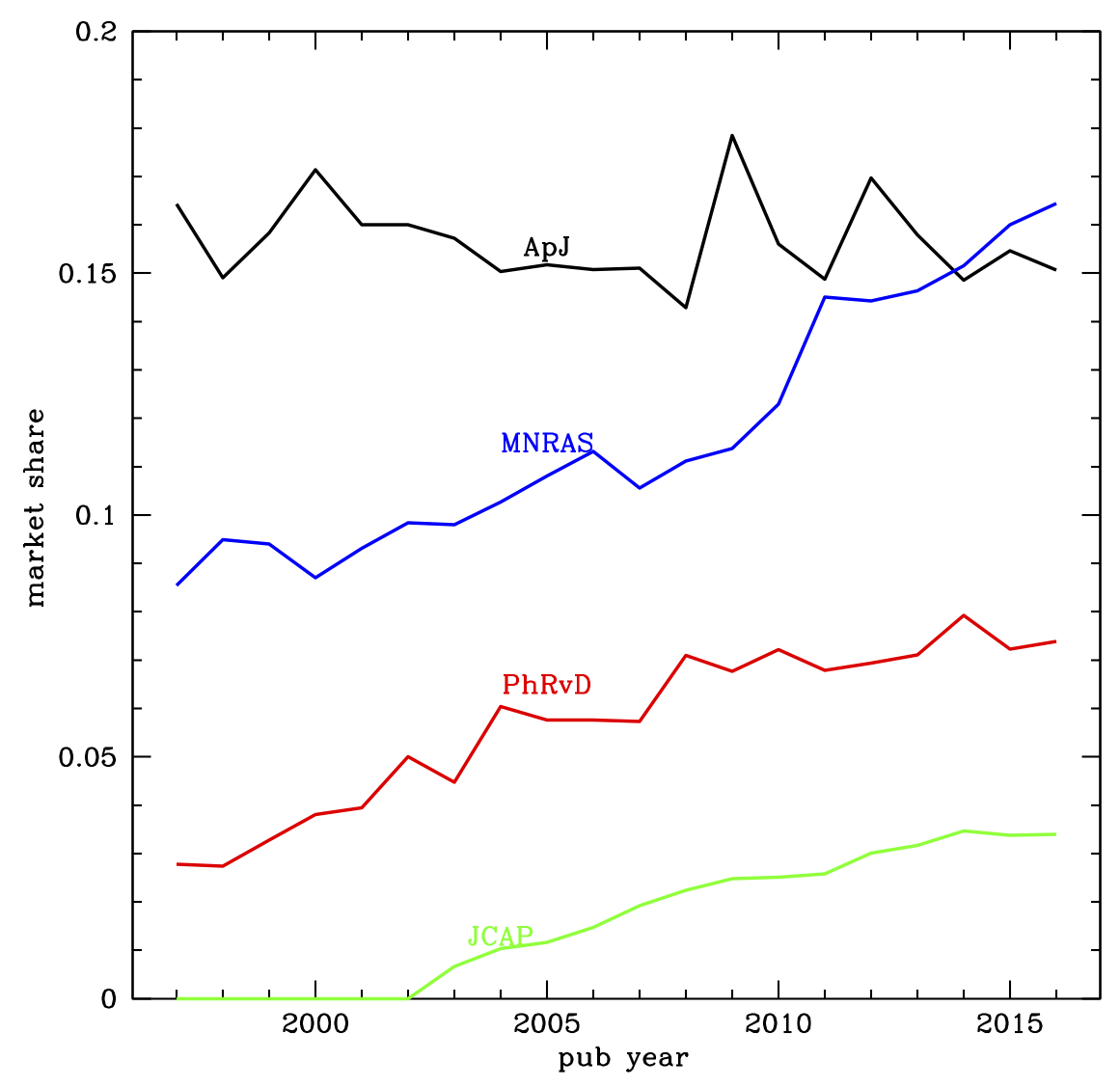
Citations to Astronomy Journals 2: Ranking the Journals
22 Oct 2018
This is the second of a series of blog posts measuring the journals that publish astronomy research articles, using citation statistics with a number of different indices. In this post, we examine the performance of individual journals with respect to...
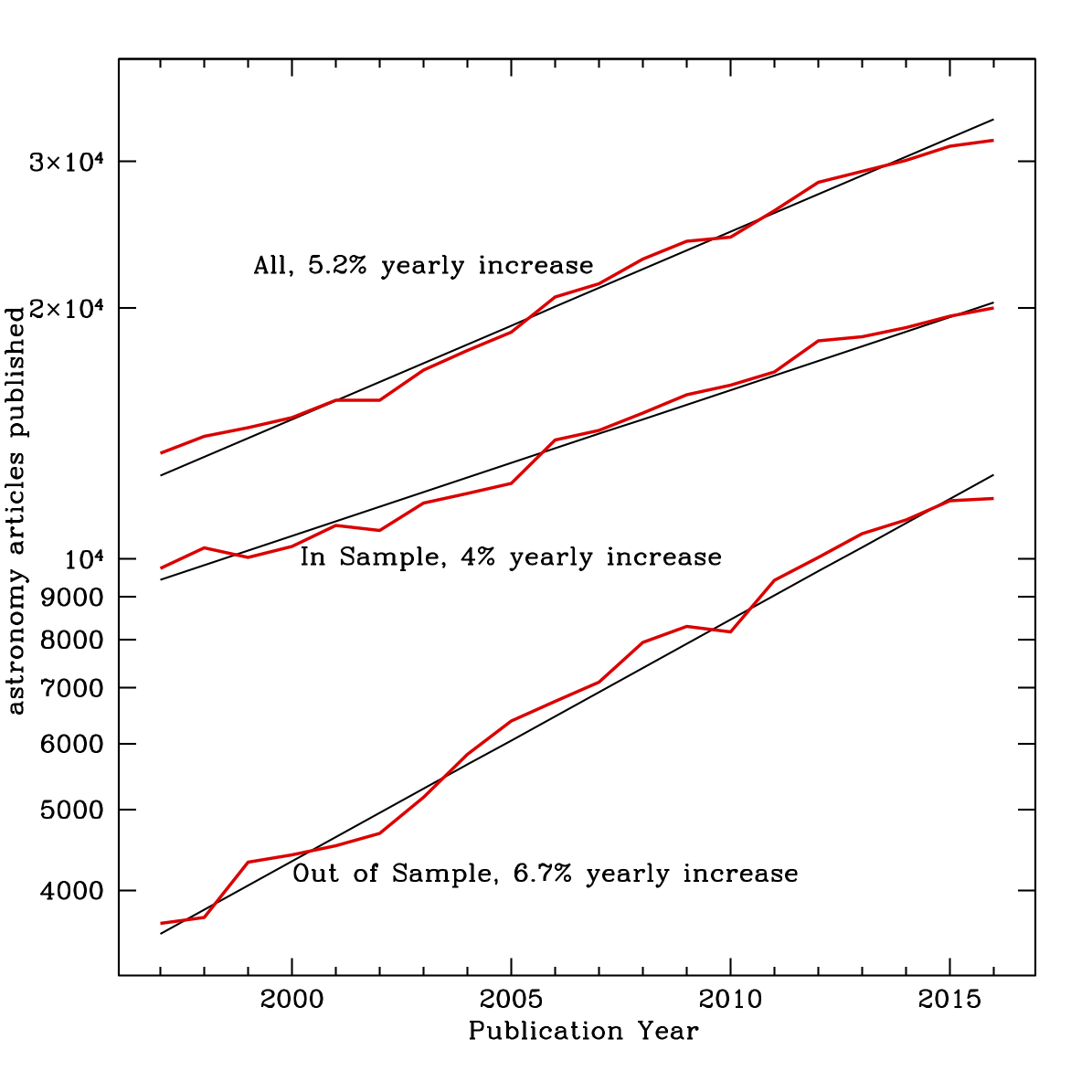
Citations to Astronomy Journals 1: The growth of interdisciplinarity
20 Aug 2018
This is the first of a series of blog posts measuring the journals which publish research astronomy articles, using citation statistics. In this post we describe the measurement process and the sample. The tables with the entire data set used...
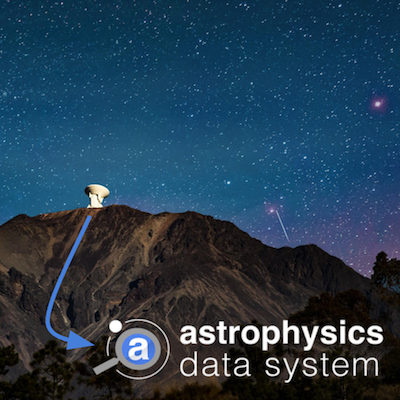
What We Wish We'd Known: 3 Former Astronomers Turned ADS Staff Share Their Wishlists
06 Aug 2018
Though the vast majority of astronomy researchers, faculty, and students worldwide use ADS on a daily or weekly basis, most stick with searching on a combination of first author name and publication year for a known paper. While this is...
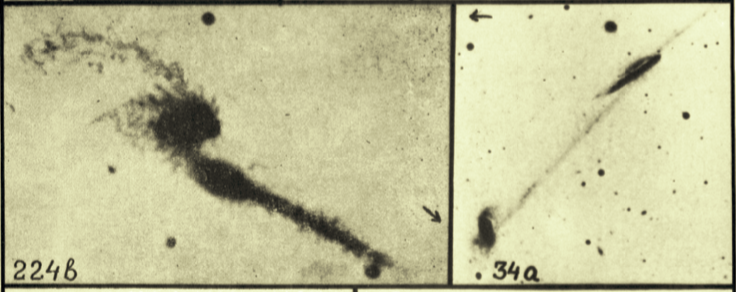
How research on multiple and interacting galaxies evolved: an epistemological and bibliometric investigation
17 Jul 2018
Introduction Authors publish because they want to transfer information. They have been doing so for centuries, resulting in a vast body of scholarly literature, recording the emergence and evolution of a broad spectrum of ideas and quests for answers. This...
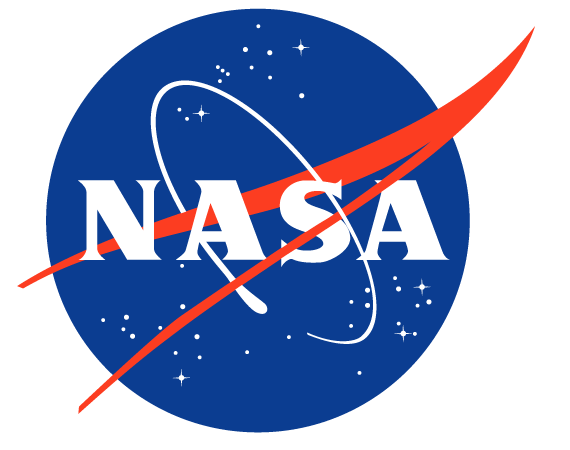
Open Access and NASA Astrophysics Data
16 Mar 2016
NASA Astrophysics is, and has always been, a leader in providing open access to scientific data. With small exceptions, all data from NASA missions are publically available. Indeed NASA has also been the leader in creating systems to make the...
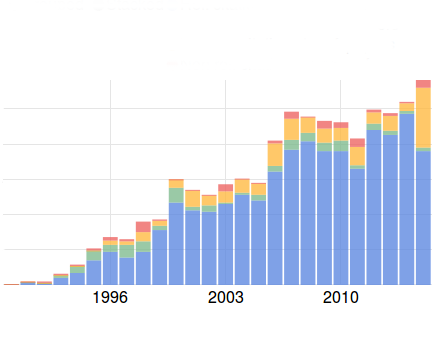
Calculating and Visualizing Publication and Citation Metrics with ADS Bumblebee
21 Oct 2015
For many scientists, it’s all about the numbers and when it comes to evaluating each other, it’s no different. Project managers and administrators also want to be able to evaluate the impact of programs or instruments. As a result, publication...
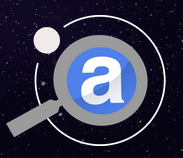
Updates on ADS Interfaces and the Announcement of Bumblebee
15 Jul 2015
The Astrophysics Data System (ADS) is a tool for finding astronomy and planetary science publications. ADS currently has three different interfaces: ADS “Classic” – the one you all know and love, We’re slowly removing Classic servers from use and the...
 astrophysics data system
astrophysics data system